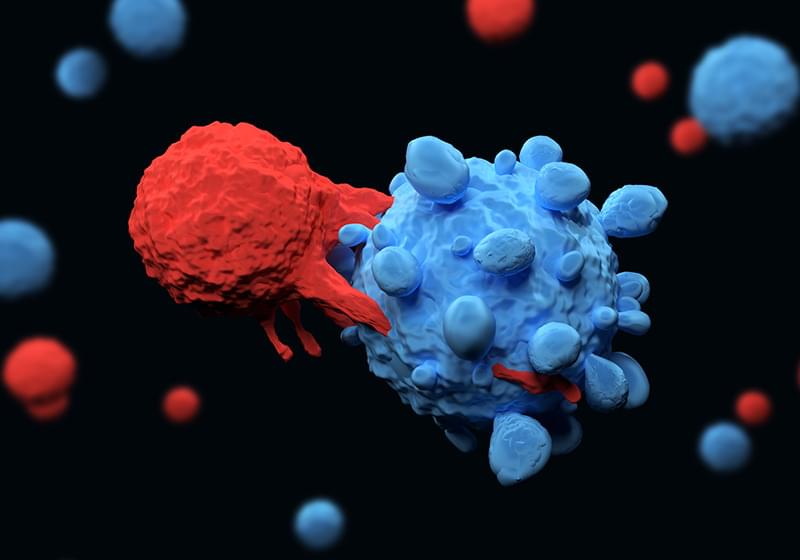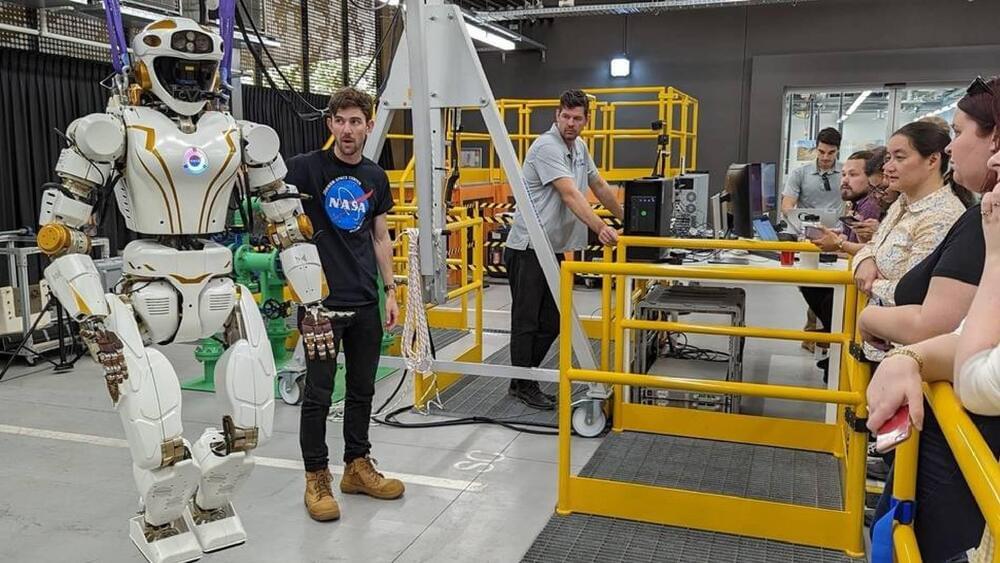Research on mu heavy chain knockout mice (MuMt-; Bnull), which are mice that are genetically incapable of producing mature B-cells, has suggested that B-cells amplify the metabolic effects of diseases, especially diabetes and insulin resistance. Since type 2 diabetes (T2D) and hyperthyroidism, both of which are autoimmune conditions, are strongly correlated with PCOS, scientists have attempted to investigate an autoimmune trigger for PCOS, which has remained unsuccessful.
Study findings
In the present study, researchers evaluate previously hypothesized factors associated with cyst formation and inflammation, which include B-cell frequency, hyperandrogenemia, and autoantibodies.






